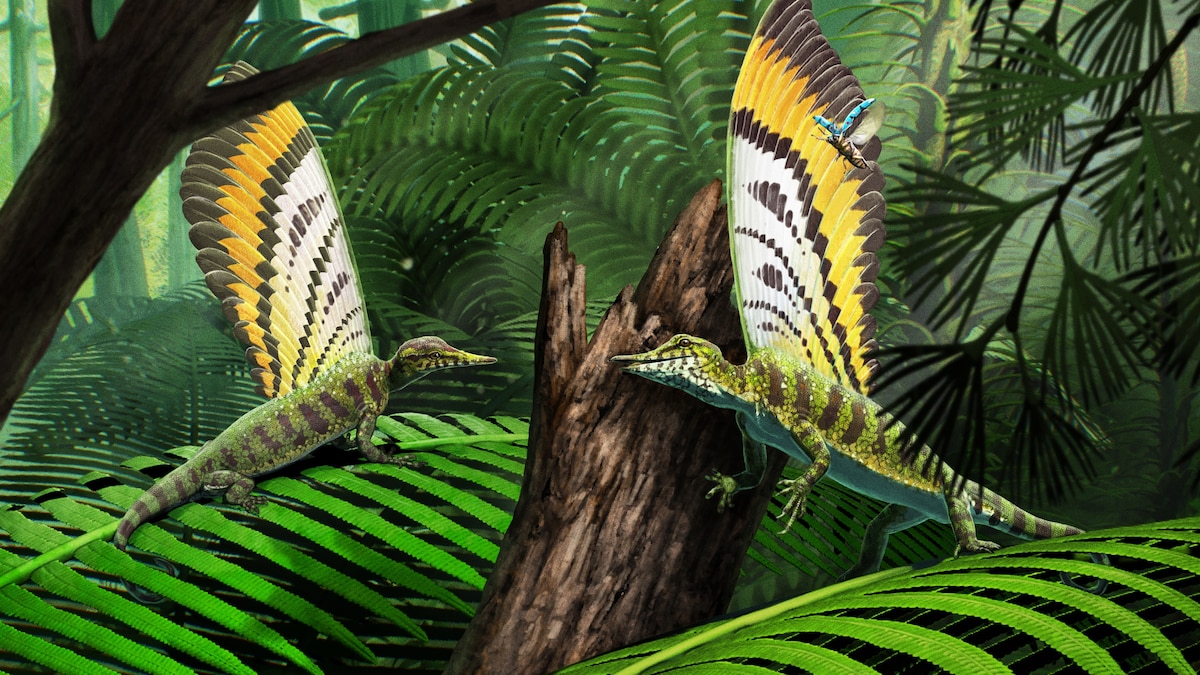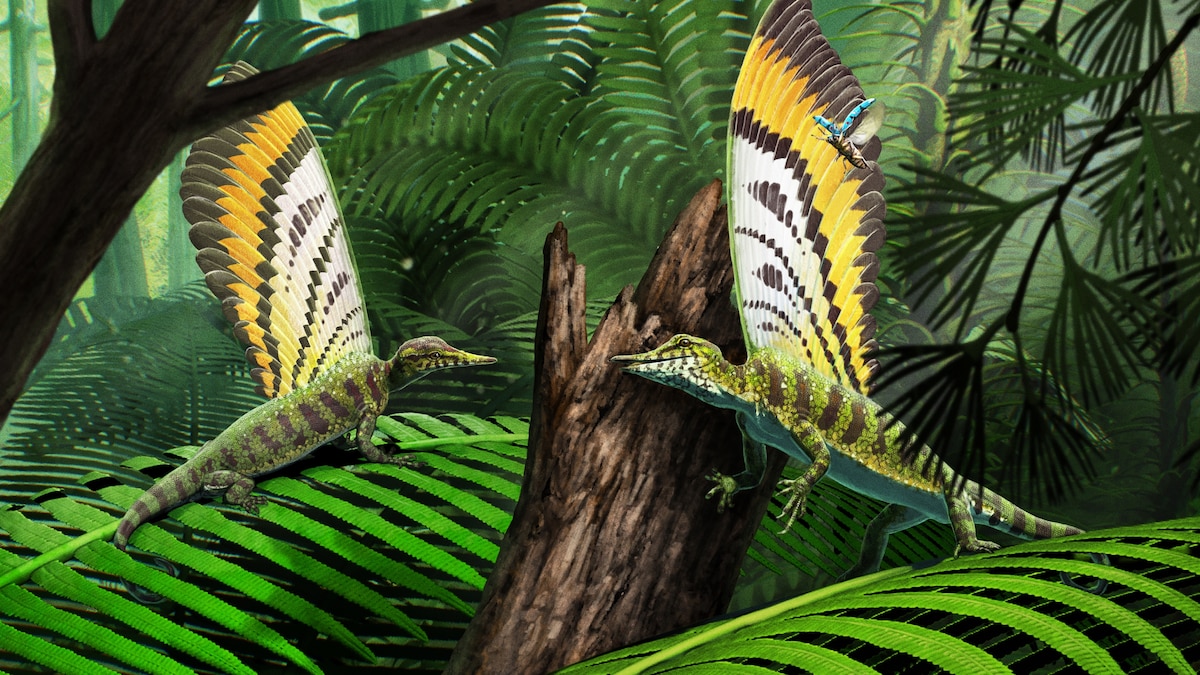Now Reading: New Prehistoric Reptile Discovery Leaves Researchers Awestruck
-
01
New Prehistoric Reptile Discovery Leaves Researchers Awestruck
New Prehistoric Reptile Discovery Leaves Researchers Awestruck

Rapid Summary:
- A six-inch-long, feather-like crested reptile named Mirasaura grauvogeli from the Triassic period (247 million years ago) was discovered.It featured a prehensile tail, monkey-like feet, and bird-like skull.
- Unlike modern birds or dinosaurs,its crest was made of keratin and resembled feathers but had unique structures formed in smooth sheets rather than branching patterns.
- The fossil finding overturns previous assumptions that complex skin appendages like feathers where exclusive to mammals and birds.
- Mirasaura is identified as part of the drepanosaurs-an unusual group of arboreal reptiles with traits such as opposable thumbs and clawed tails found in Europe and north America.
- the preserved melanosomes indicate potential vibrant coloration similar to bird plumage. Adult drepanosaurs could grow over a foot long based on isolated specimens.
- Researchers also solved a decades-old mystery around a related fossil (Longisquama) discovered in kyrgyzstan, identifying it too as belonging to drepanosaurs.
- Experts describe this finding as an example of remarkable convergent evolution with evolutionary adaptations for making feather-like structures dating far earlier on the vertebrate tree.
Images:
- Reconstruction of Mirasaura grauvogeli crests in its forested habitat (Illustration by Gabriel ugueto).
- model representation of Mirasaura grauvogeli.
- Fossil holotype showcasing skull structure and back crests (Photograph by Stephan Spiekman).
Indian Opinion Analysis:
The discovery broadens our understanding of biological evolution with key insight into prehistoric life forms predating dinosaurs or birds by millions of years. For Indian scientific communities engaged in paleontology or biology research, such findings emphasize the vast potentials within evolutionary study frameworks that can refine existing models about lineage-based adaptive traits like feathers or scales.IndiaS unexplored paleontological sites may hold untapped potential for uncovering similarly transformative fossils that could contribute globally to such debates about ancient biodiversity systems. moreover, converging technological advances-such as melanosome analysis for color reconstruction-could inspire educational institutions here toward implementing newer interdisciplinary techniques across botany, archaeology & geogenetics fronts.Such findings not only reshape scientific perspectives but encourage higher public engagement worldwide toward questioning preconceived notions within animal lineage histories while bridging cross-cultural conversations emphasizing climate-era biodiversity lessons applicable now locally/globally alike!

























